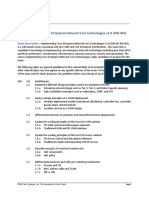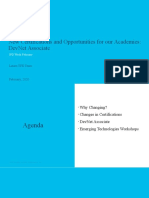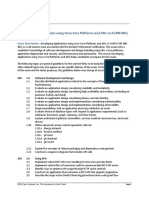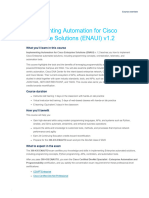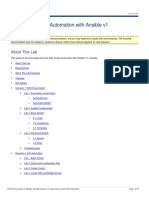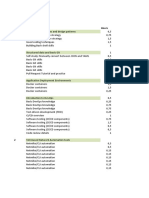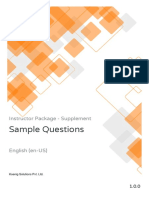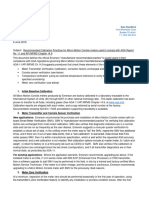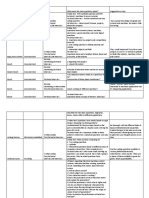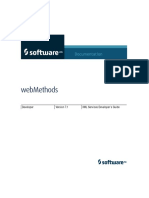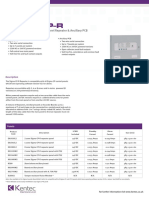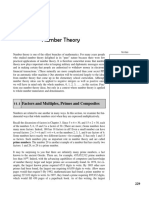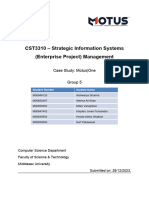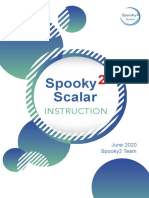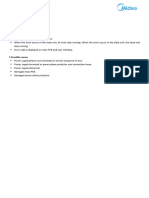0% found this document useful (0 votes)
52 views38 pagesDevNet Expert v1.1 Learning Matrix
Uploaded by
praveenhariharan17Copyright
© © All Rights Reserved
We take content rights seriously. If you suspect this is your content, claim it here.
Available Formats
Download as XLSX, PDF, TXT or read online on Scribd
0% found this document useful (0 votes)
52 views38 pagesDevNet Expert v1.1 Learning Matrix
Uploaded by
praveenhariharan17Copyright
© © All Rights Reserved
We take content rights seriously. If you suspect this is your content, claim it here.
Available Formats
Download as XLSX, PDF, TXT or read online on Scribd
/ 38













